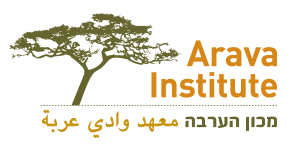The sand dunes of the Arava Valley have a fragile ecosystem. CASE’s research on sand dunes explored the ecosystem changes of sand dunes through natural and anthropogenic processes, as well as the development threats to the dunes and the politics behind them.
This research asked the following questions: What species exist, and how many? How do we evaluate the abundance and the richness of species? Why is biodiversity so important? How do we set priority regions for conservation based on biodiversity?
This research study examines the effect of different landscape units and proximity to agriculture on different taxonomic groups in Israel and Jordan. The peace treaty between Israel and Jordan found the Arava desert ecosystem, shared by the two countries, in a state of developmental dichotomy. On the Israeli side, vast lands have been settled and transformed into agricultural fields, while the Jordanian side has remained relatively intact and inhabited by only a few traditional and pastoral societies.
This project required full cooperation between Israeli and Jordanian researchers. The mutual trust and the personal relationships that developed across borders from this research project are the basis for current preparation of future projects.
In 2011, CHSE established its experimental Acacia orchard. CASE staff and interns have successfully tested and determined various parameters for monitoring the effect of varying quantities of water on tree health, including number of leaves, length of branches, and diameter of stems. The orchard is currently home to three species of trees: 135 in total.
CASE staff and interns also tested the effects of large herbivore feces on acacia seed germination. Results show that oryx fertilizer produced some of the best plant growth, while fertilizer from animals from the horse family was not as effective.

